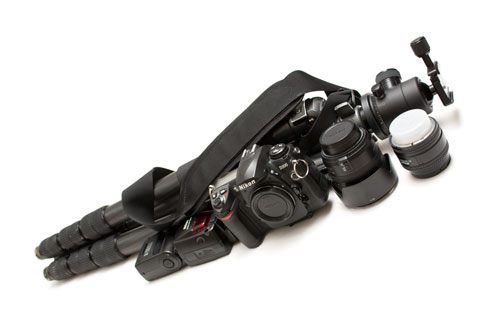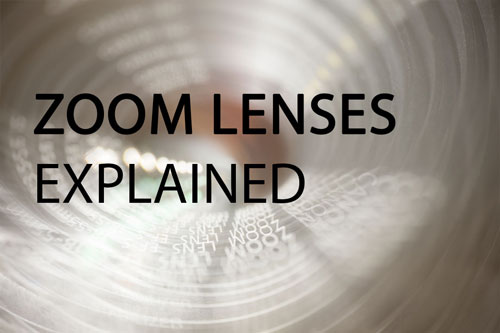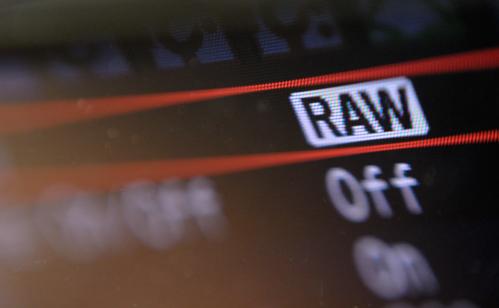What is Crop Factor?
Sometimes when reading photography articles or camera reviews, you may find that they refer to 'crop factor'. Crop factor is only really relevant to interchangeable lens cameras, but it is worth understanding what crop factor means.
Crop factor all comes down to the fact that most digital cameras use a smaller image sensor size than a frame of 35mm film. Where this comes into play is (primarily) when looking at lens focal lengths.
Read the rest of this entry »






